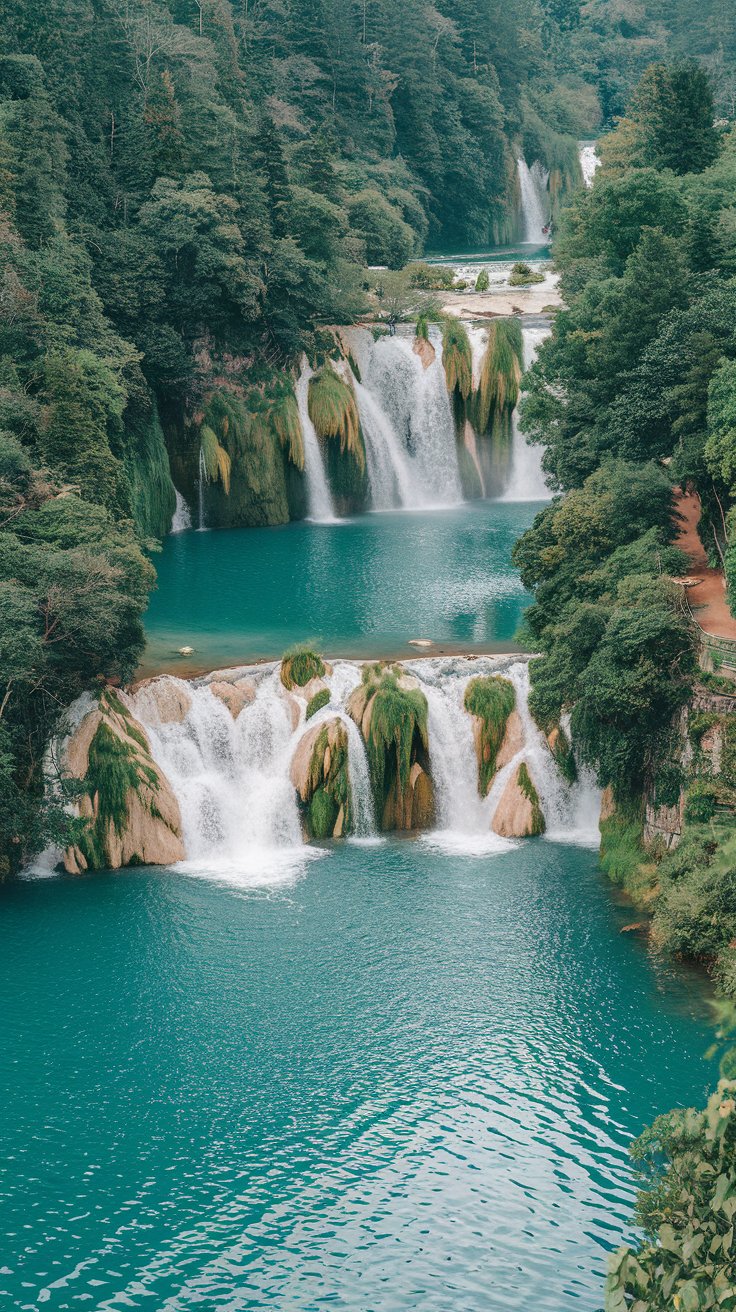Set in the heart of the Balkans, Croatia has rapidly risen to become one of Europe’s most beloved travel destinations, especially after gaining independence in the late 1990s. Like many European countries, Croatia is home to enchanting medieval towns and historic ruins—but what truly sets it apart is its jaw-dropping natural beauty. Think sparkling Adriatic coastlines, picture-perfect islands, and natural wonders like the Plitvice Lakes.
Dubrovnik is the crown jewel of Croatian tourism, its medieval old town perched dramatically over the sea. Head north and you’ll find Split, a lively coastal city built around a Roman emperor’s ancient palace. Further inland, the capital city of Zagreb offers a rich mix of neoclassical charm and access to natural gems like Krka National Park.
Here are 10 of the best places to visit in Croatia to help you plan an unforgettable trip.
10. Krka National Park

Nestled in Central Dalmatia, Krka National Park is a treasure trove of natural wonders, rich wildlife, and cultural landmarks. This protected area winds along the Krka River and is best known for its mesmerizing waterfalls and crystal-clear pools that glimmer in every shade of blue and green.
Just a short drive or bus ride from Split to Šibenik, the park is easy to reach and offers well-marked pathways and boat tours to help visitors navigate the landscape. Skradinski Buk and Roški Slap are the two most iconic waterfalls, drawing visitors from around the world.
Trails wrap around the falls, offering incredible photo spots and a chance to take a dip in some of the natural pools. The area is alive with dragonflies, birds, and vibrant flora, making it a peaceful haven for nature lovers.
9. Zagreb
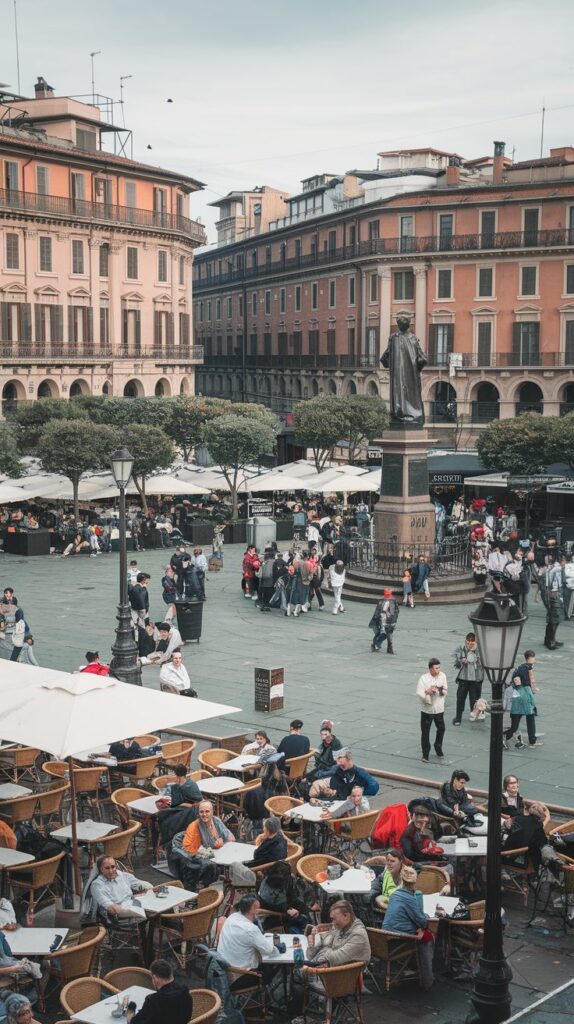
Zagreb, Croatia’s capital and largest city, is a vibrant mix of history, culture, and modern life. Located in the country’s northwest, Zagreb traces its roots back to the 2nd century AD when a diocese was first established. Today, it stands as the cultural and political heart of Croatia.
The city is split into Upper and Lower Towns. The Upper Town is where history comes alive with its cobbled streets, medieval churches, towers, and palaces.
Don’t miss the Stone Gate, which miraculously preserved a painting of the Virgin Mary during a fire in 1731. Ban Jelačić Square serves as the bustling city center, surrounded by elegant buildings and local restaurants. For an authentic experience, stroll through Dolac Market, where vendors sell everything from fresh produce to handmade crafts. Walk the Strossmayer Promenade for street performances, live music, and stunning city views.
8. Korčula
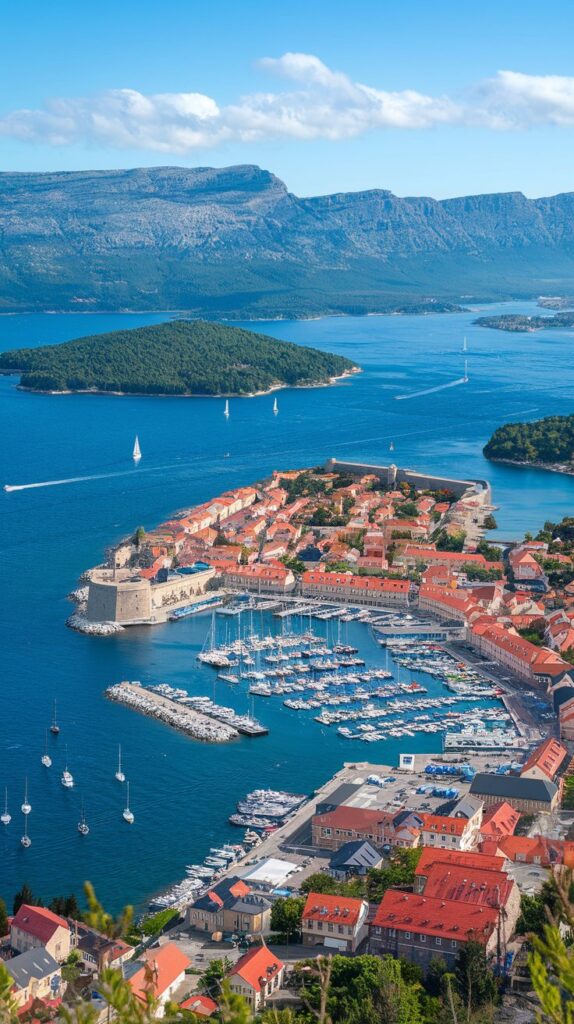
Often claimed to be the birthplace of Marco Polo, the island of Korčula sits off Croatia’s Adriatic Coast, easily accessible by ferry from Split or Dubrovnik. Korčula is a storybook island of vineyards, olive groves, and charming towns, all surrounded by a lush landscape.
The island is dotted with quaint villages, including Blato, famous for its tree-lined avenue and baroque churches. Beachgoers should head to Lumbarda, where white sand and clear waters meet ancient ruins. At the center lies Korčula Town, a walled city brimming with Venetian architecture, vibrant markets, and cozy eateries.
Korčula’s cultural heartbeat is its festivals, especially the traditional Kumpanija sword dance and the Marco Polo Fest. Foodies will love local dishes like grilled lamb and seafood, best paired with Korčula’s famous wines—Pošip and Rukatac.
7. Pula
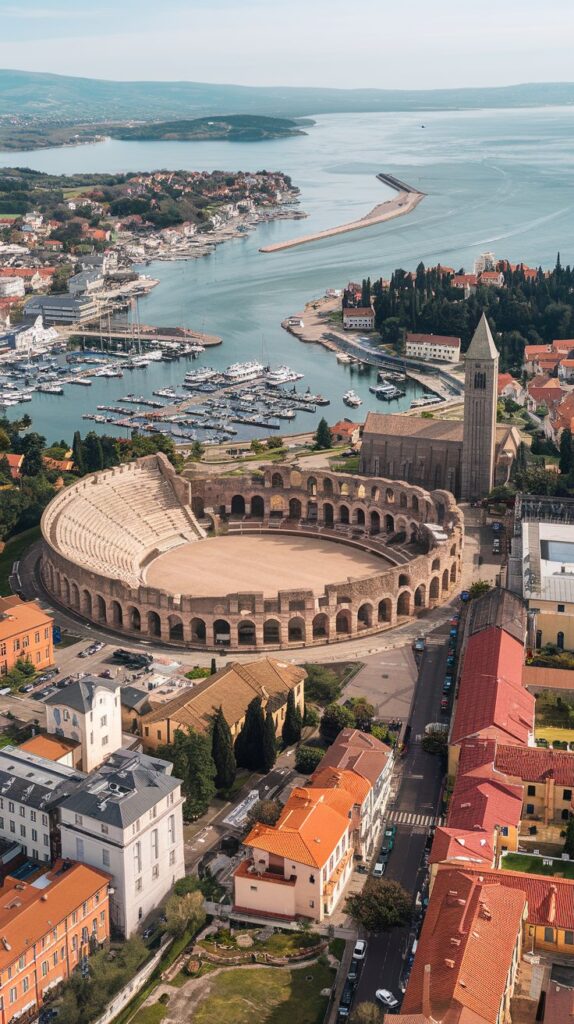
Located at the southern tip of the Istrian Peninsula, Pula has been a tourist hotspot since Roman times. Its crown jewel is the massive Roman amphitheater, known as the Arena—one of the best-preserved in the world.
Pula’s Roman legacy is everywhere, from ancient gates and arches to a vibrant main square surrounded by temples. The Arena even hosts an annual film festival each July.
Beyond its historic allure, Pula also offers beaches, snorkeling, and sailing. Nearby Brijuni National Park is home to exotic wildlife and historical ruins. Whether you’re exploring Roman ruins or diving into turquoise waters, Pula has a little something for everyone.
6. Zadar
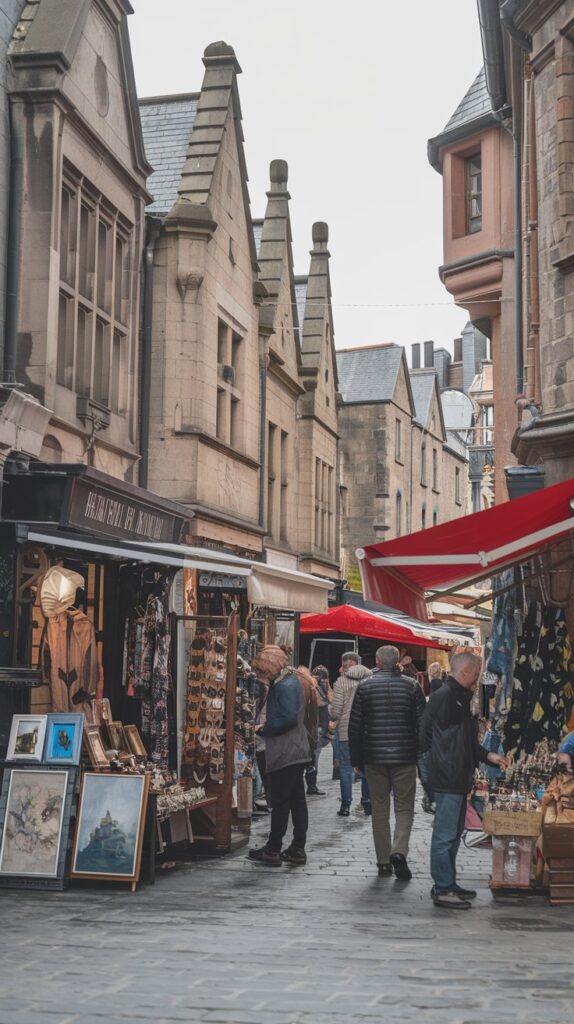
With over 3,000 years of history, Zadar is a coastal gem located along northern Dalmatia. It offers the charm of ancient architecture without the overwhelming crowds found in more popular cities.
Zadar’s Old Town is a maze of Roman ruins, medieval churches, and cultural landmarks like St. Donat’s Church and the Archaeological Museum. The University of Zadar, one of Europe’s oldest, adds youthful energy to the city.
Zadar’s beaches are perfect for swimming and sunbathing. But the real stars are the Sea Organ, which turns ocean waves into music, and the Sun Salutation, a solar-powered light show that comes to life after sunset.
5. Rovinj

Rovinj may look like a sleepy fishing village, but its charm is magnetic. Perched on the Istrian Peninsula, this seaside town is surrounded by 20 small islands and home to a historic core brimming with narrow alleys, ancient gates, and baroque churches.
St. Euphemia’s Basilica dominates the skyline, offering panoramic views of the city and sea. Wander through Valdibora Market for local flavors or explore Carrera and Grisia streets for art and souvenirs.
Outside the Old Town, Rovinj is framed by beaches, forests, and parks. The nearby Zlatni Rt Forest Park is a haven for hikers and cyclists. The town’s calm waters are also ideal for scuba diving and kayaking.
4. Split
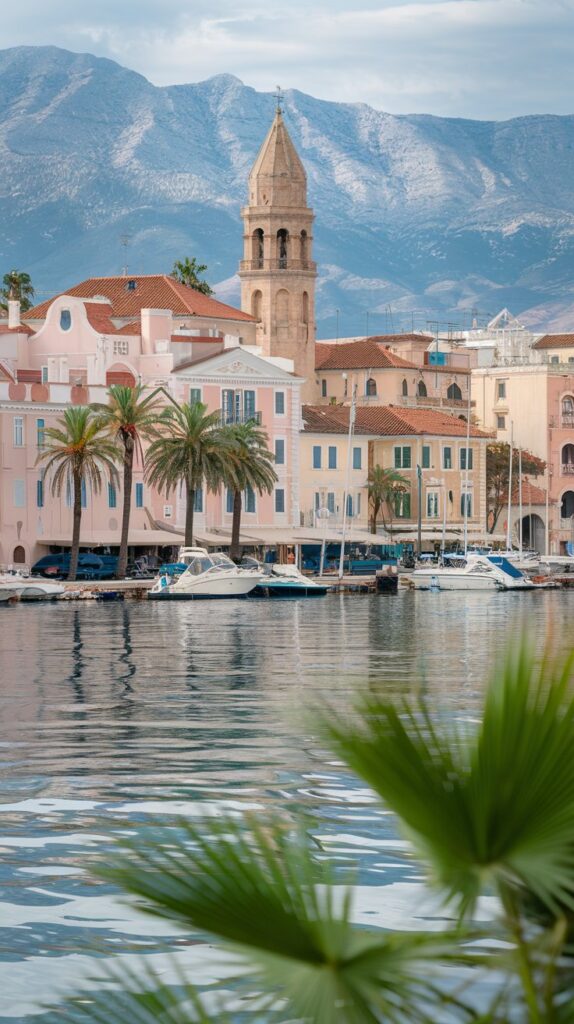
Split is Croatia’s second-largest city and a bustling port that blends old-world charm with modern energy. Known as the “Mediterranean Flower,” it’s home to the ancient Diocletian’s Palace, a Roman architectural marvel that serves as the city’s historic heart.
The palace feels more like a mini-city, filled with shops, restaurants, and bars. Must-see spots within the complex include St. Domnius Cathedral, Jupiter’s Temple, and the Egyptian sphinx statues.
Outside the palace walls, enjoy a stroll down the palm-lined Riva promenade, shop at the Green Market, or relax at Bacvice Beach. For active travelers, the Marjan hill offers great hiking and panoramic views.
3. Plitvice National Park
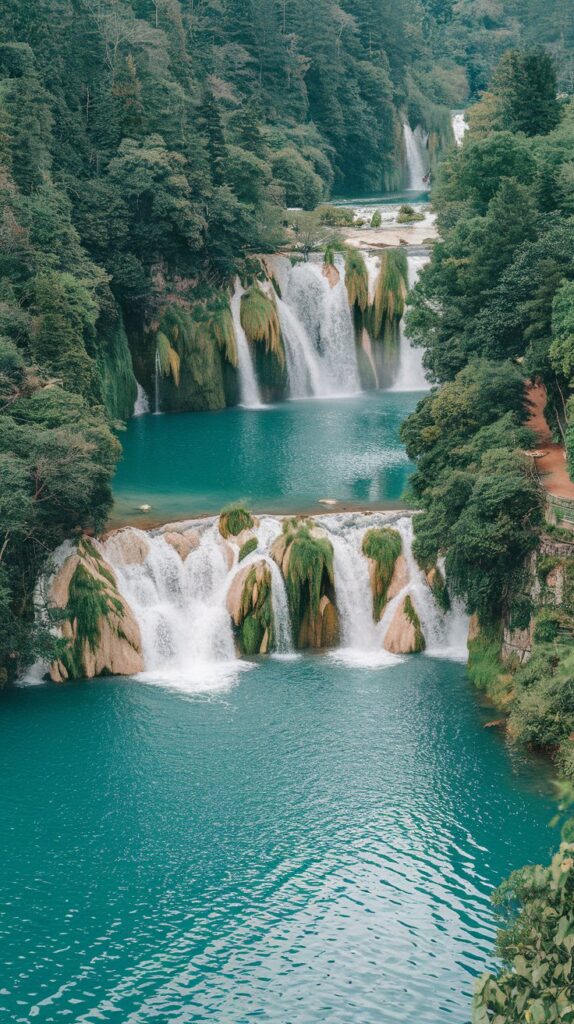
Plitvice Lakes National Park is Croatia’s most iconic natural attraction—and one of Europe’s most beautiful. It’s famous for its 16 interconnected lakes, cascading waterfalls, and lush forest surroundings.
The lakes shimmer in hues of green, blue, and gray, thanks to the minerals in the water. Wooden boardwalks and scenic boat rides guide visitors through this dreamy landscape.
Perfect for photographers, hikers, and nature lovers, Plitvice is a must-see for anyone traveling through Croatia.
2. Hvar
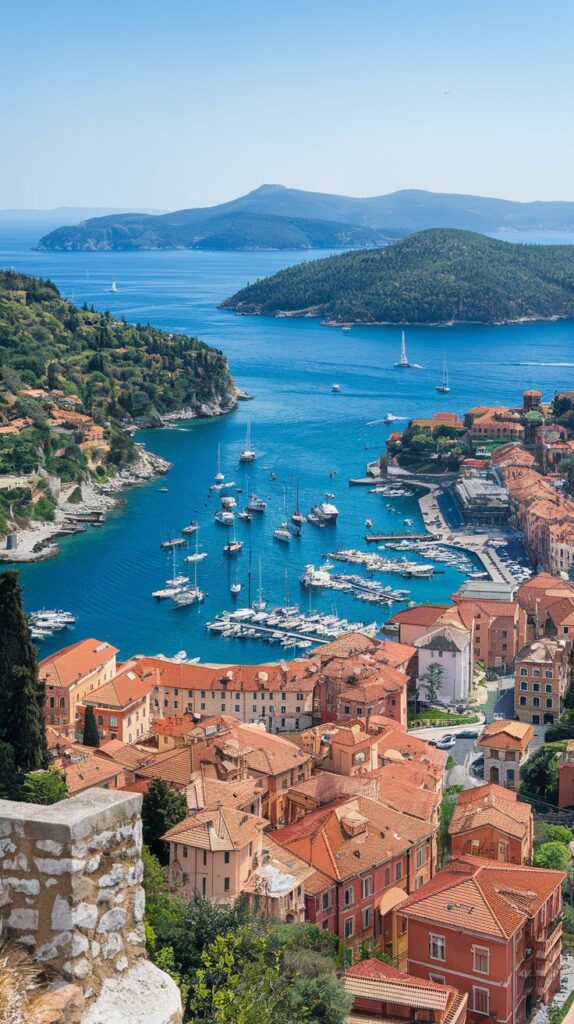
Hvar is one of Croatia’s most glamorous islands, known for its lavender fields, scenic coves, and thriving nightlife. The main hub, Hvar Town, is a medieval city with cobblestone streets, Gothic palaces, and historic landmarks like the Arsenal and St. Stephen’s Cathedral.
Beyond the town, you’ll find vineyards, fishing villages, and hidden beaches. Outdoor activities abound—from hiking cliffs to sailing around the Pakleni Islands. Don’t miss Grapčeva Cave for a peek into the island’s prehistoric past.
When night falls, the island comes alive with music, bars, and dancing, making Hvar one of Croatia’s top party spots.
1. Dubrovnik
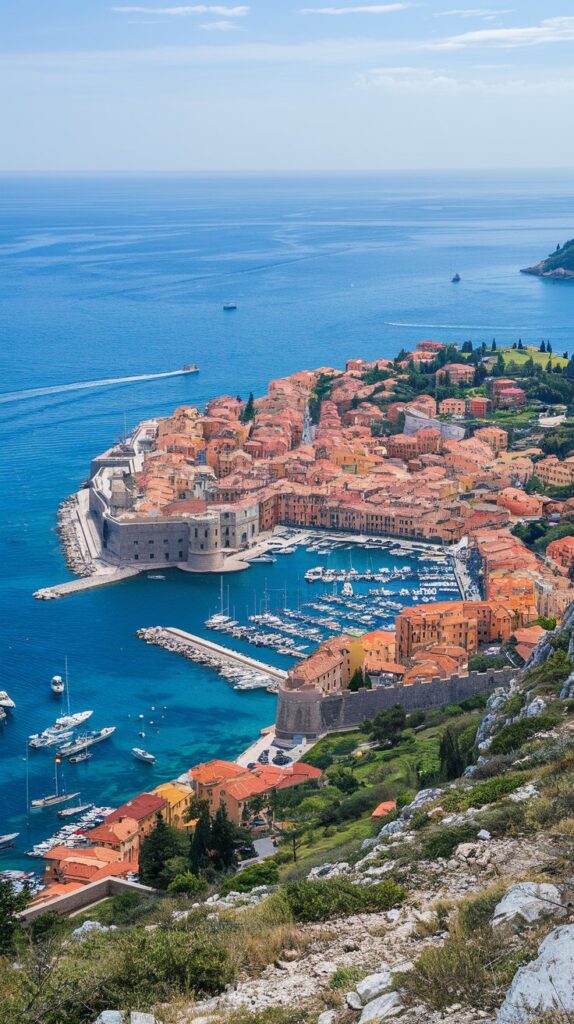
Dubrovnik, nicknamed the “Pearl of the Adriatic,” is Croatia’s crown jewel. This walled city sits on the southern coast, overlooking the shimmering Adriatic Sea. Once a powerful maritime republic, Dubrovnik thrived as a hub of art, science, and diplomacy.
Step into the Old Town and you’ll find a treasure trove of medieval architecture, cobbled lanes, and stunning churches. Don’t miss Onofrio’s Fountain or a walk along the city walls, which offer panoramic views of the sea and rooftops.
Beaches like Banje and Lapad offer a relaxing escape just minutes from the Old Town. For a short getaway, take a ferry to Lokrum Island for nature trails, a monastery, and botanical gardens.

